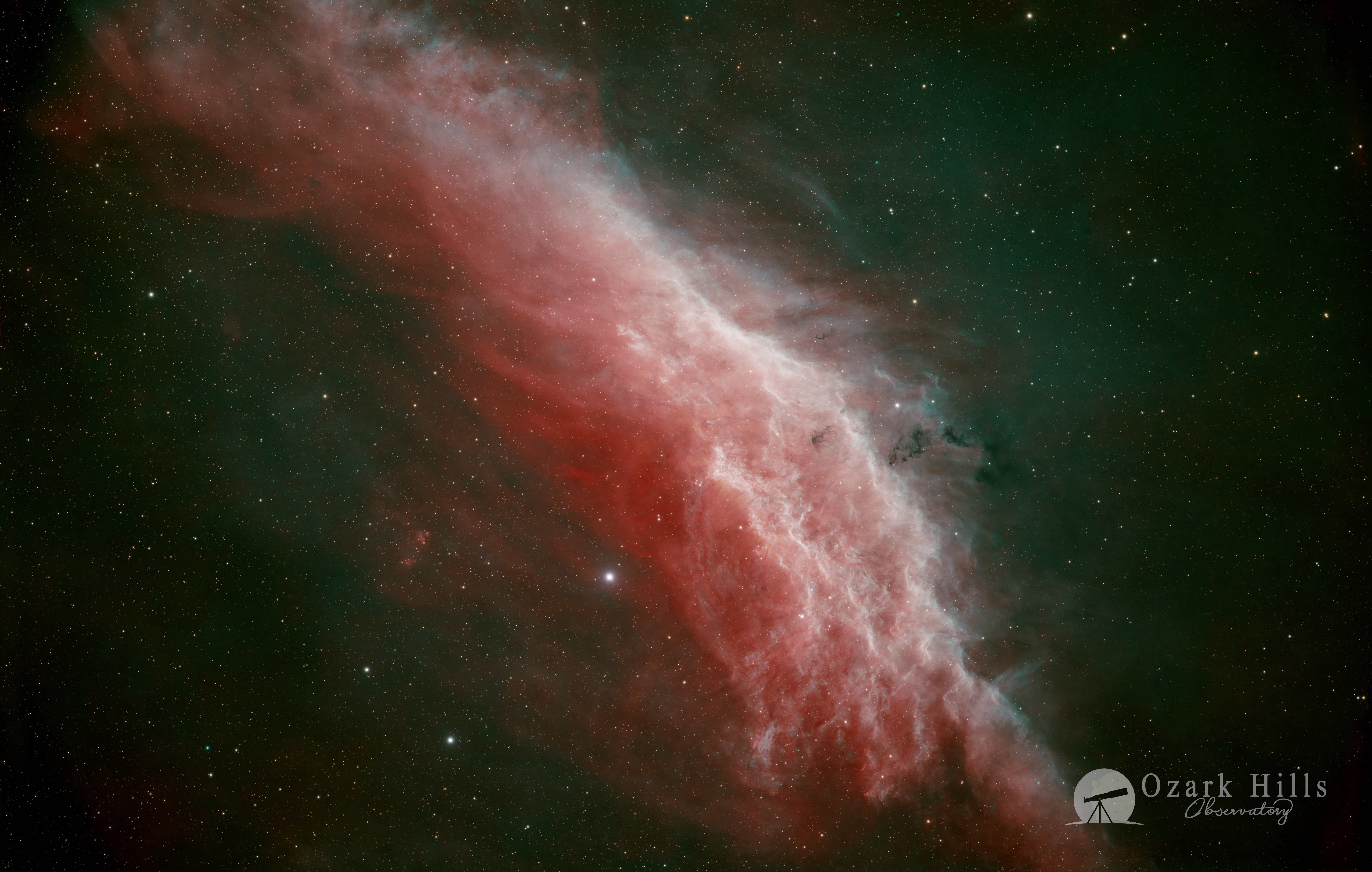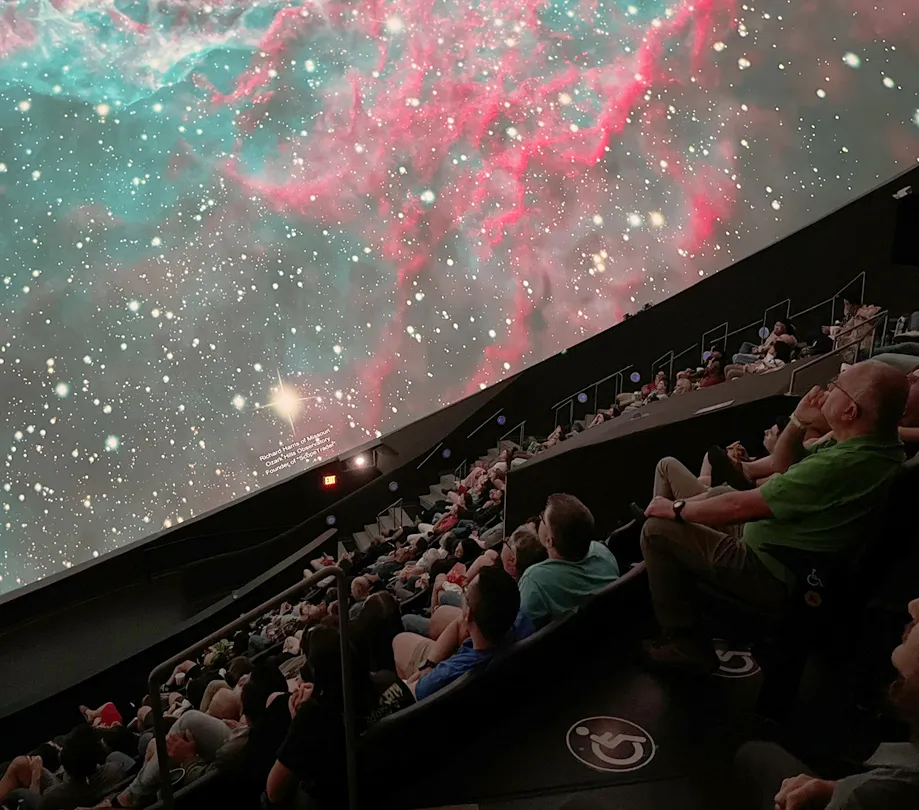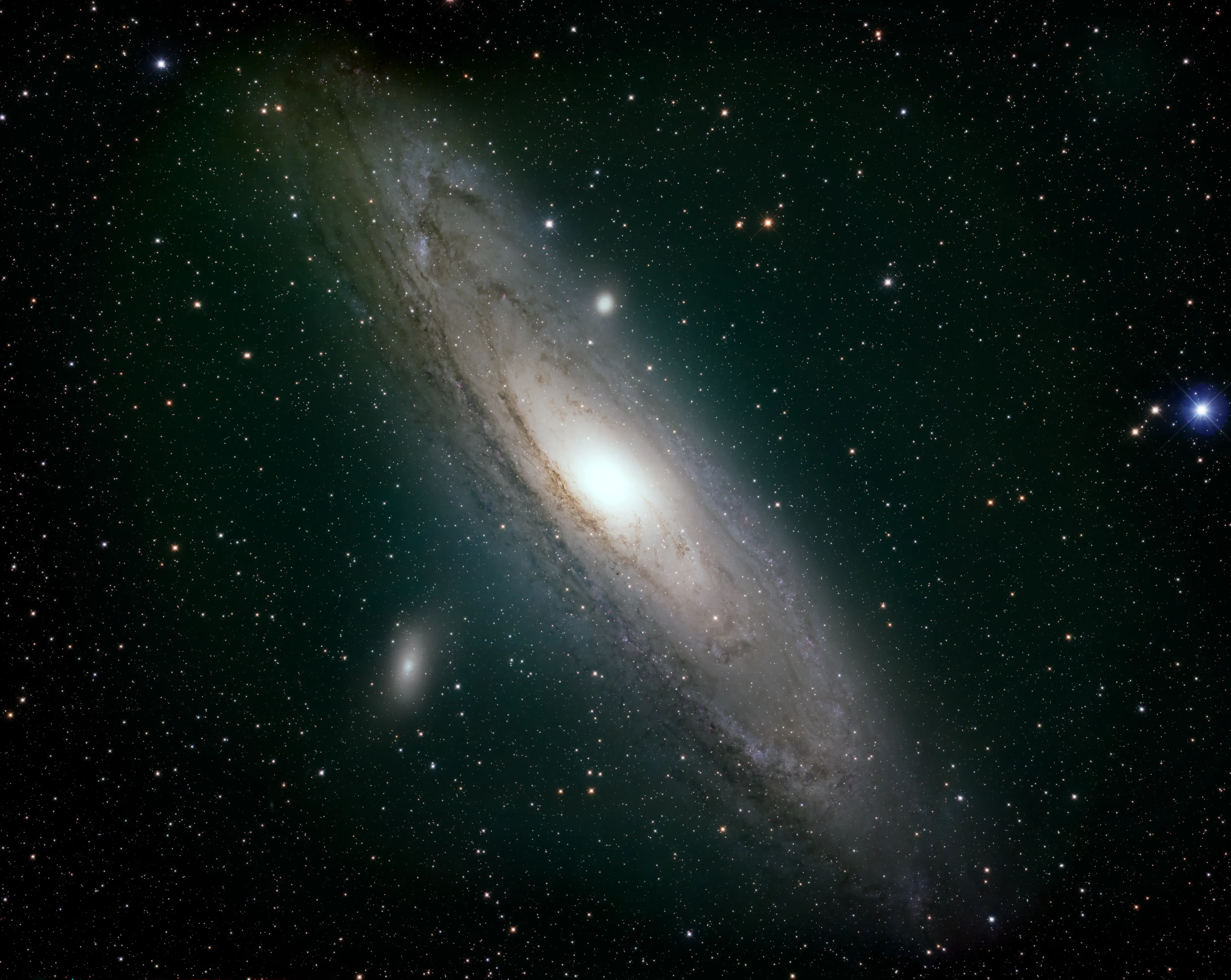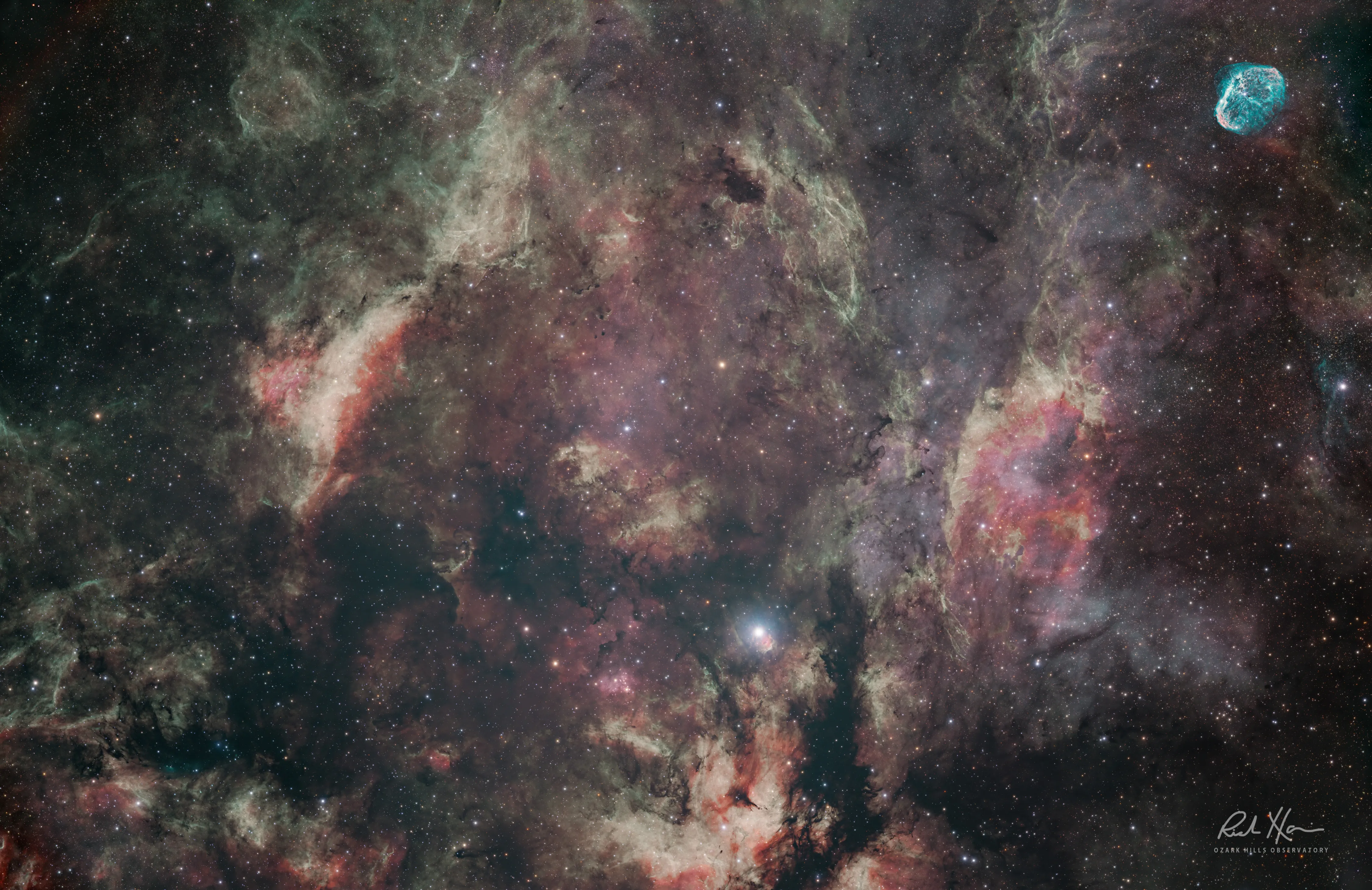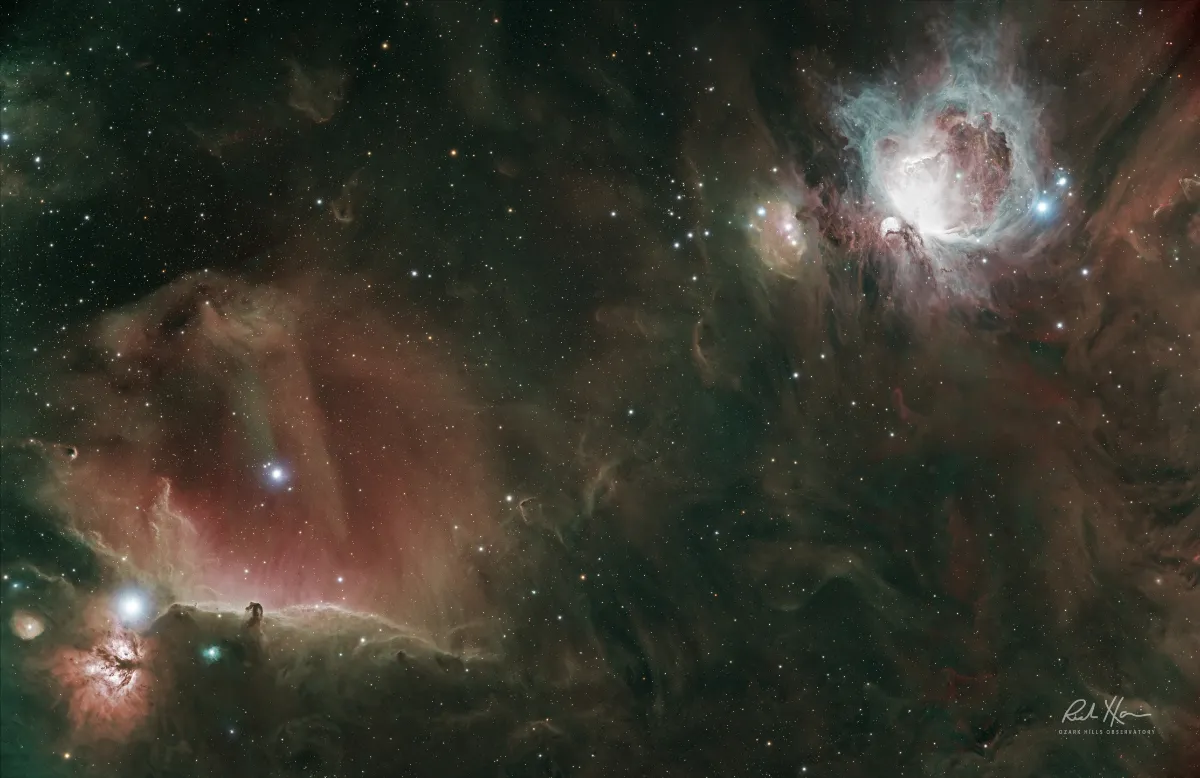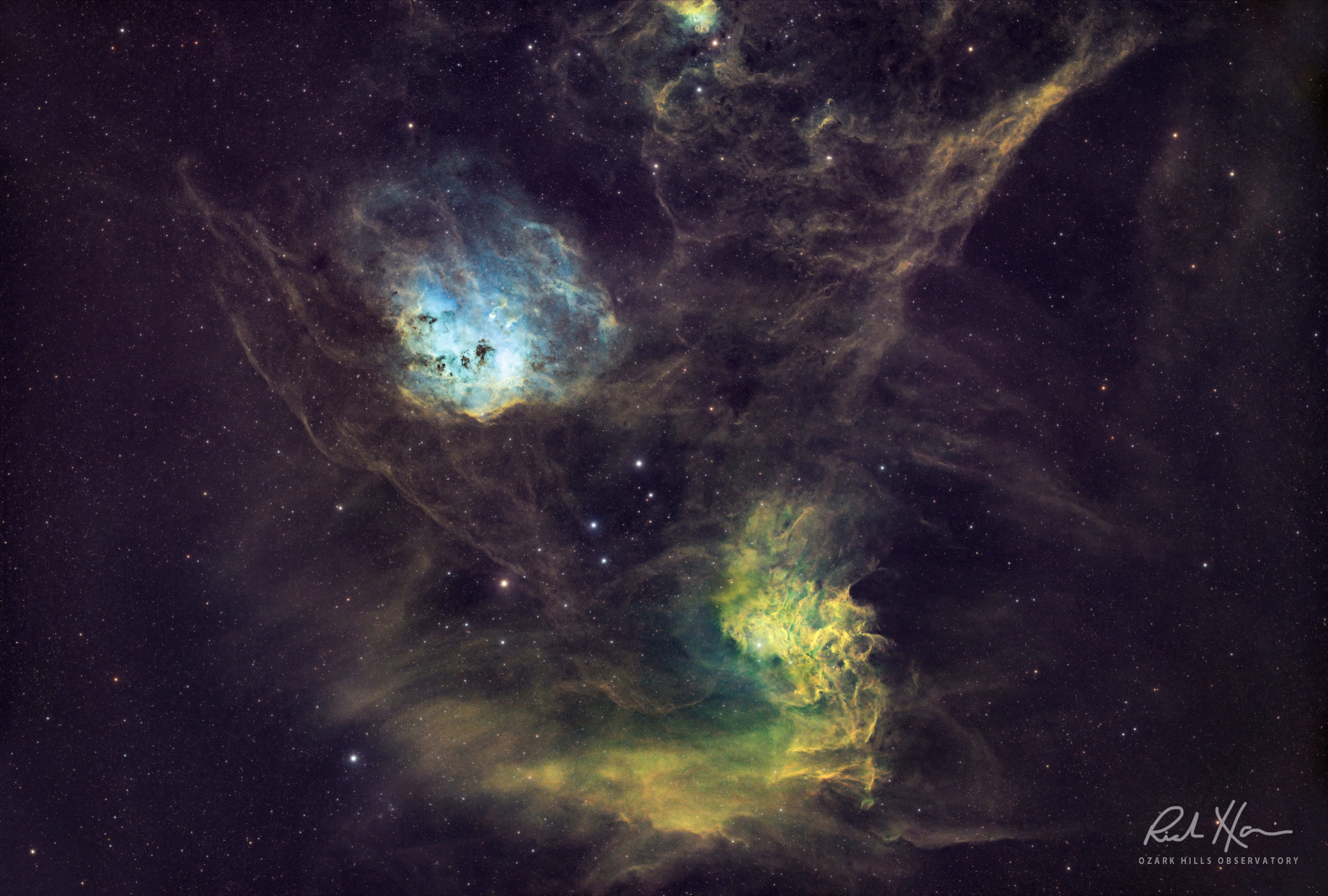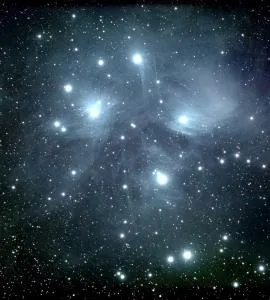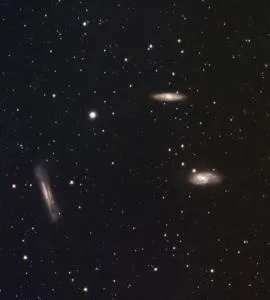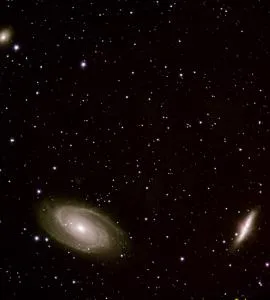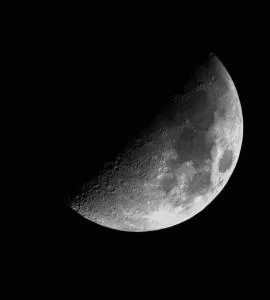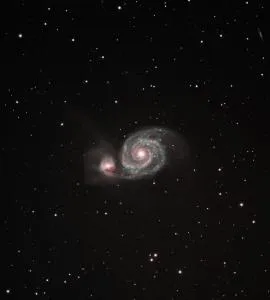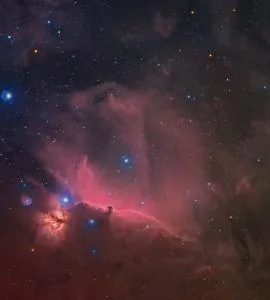Centaurus A NGC 5128 astrophoto using a 24 inch CDK24 PlaneWave telescope
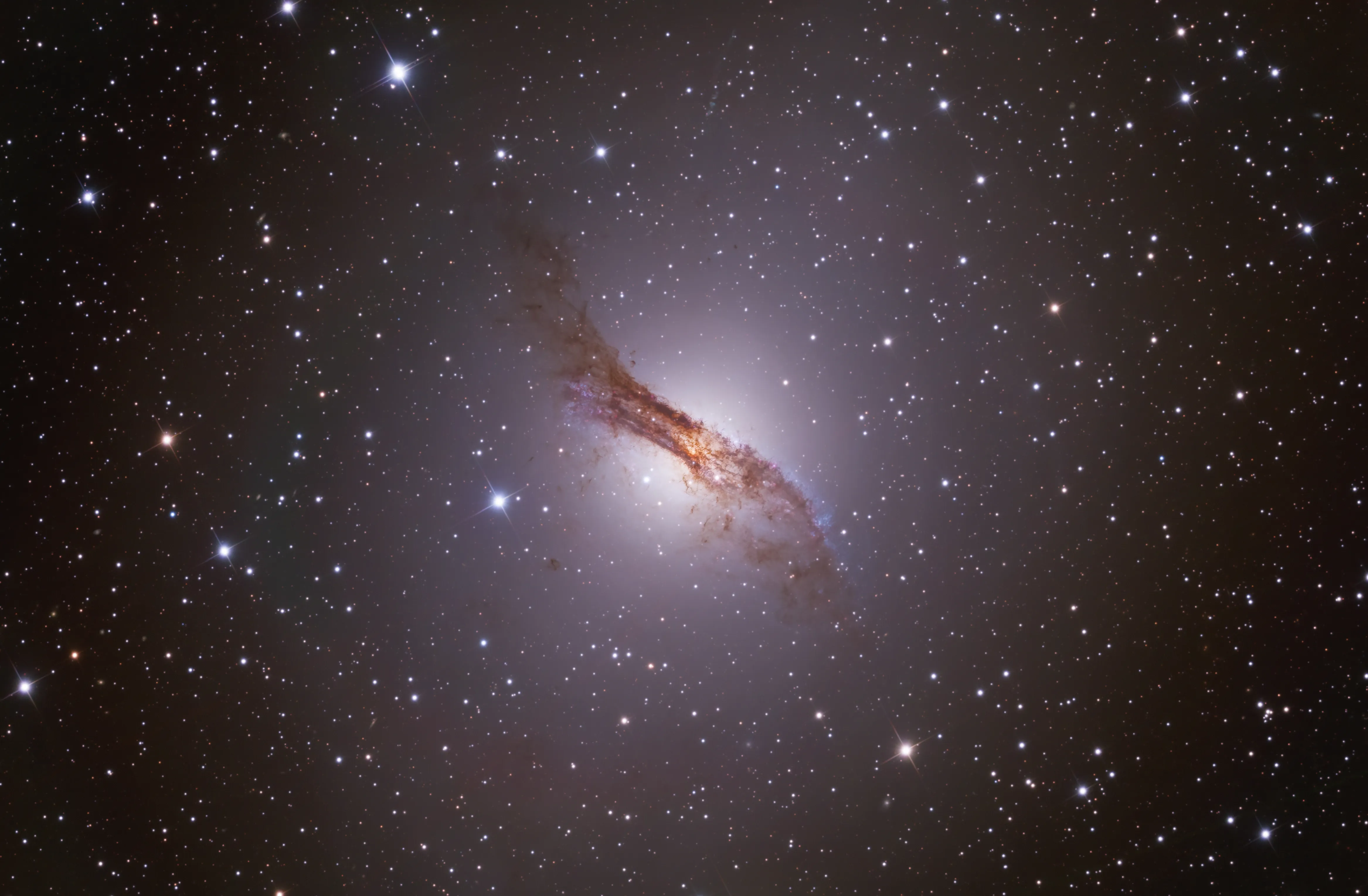
We used photographic data captured from a remote observatory in Chile using the CDK24, a 24" telescope by PlaneWave to capture the the Centaurus A NGC 5128 galaxy.
A celestial object that has captivated the imaginations of astronomers and photographers alike is NGC 5128, a peculiar galaxy located in the constellation of Centaurus. With its striking dust lanes and radiant core, NGC 5128 presents a unique opportunity for astrophotographers. Centaurus A is the fifth brightest galaxy in the night sky, and it also holds the distinction of being the closest giant galaxy to the Milky Way plus ranks among the nearest radio galaxies to our Earth.
For this session we used data acquired in February 2023 from a remotely operated Chile observatory we are now leasing. It is equipped with a state-of-the-art 24-inch CDK Planewave telescope, mounted on the robust L600 direct drive mount, ensuring stability and precision as we traverse the celestial sphere. The camera used is the Moravian C3-61000 Pro.
Telescope: PlaneWave 24"
Mount: Planewave L600 direct drive mount
Camera: Moravian C3-61000 Pro
Guider: Williams Optics 50mm, ASI 120mm
Controller: NINA
Acquisition: RGB+L (2.5 hours total)
RGB combinded data for star color, 35 minutes each channel
Luminance: 7 - 300s subs (35 minutes)
Darks/Flats/Bias: None
Processing: Pixinsight, Photoshop
Location: Chile/Missouri
Bortle: 1
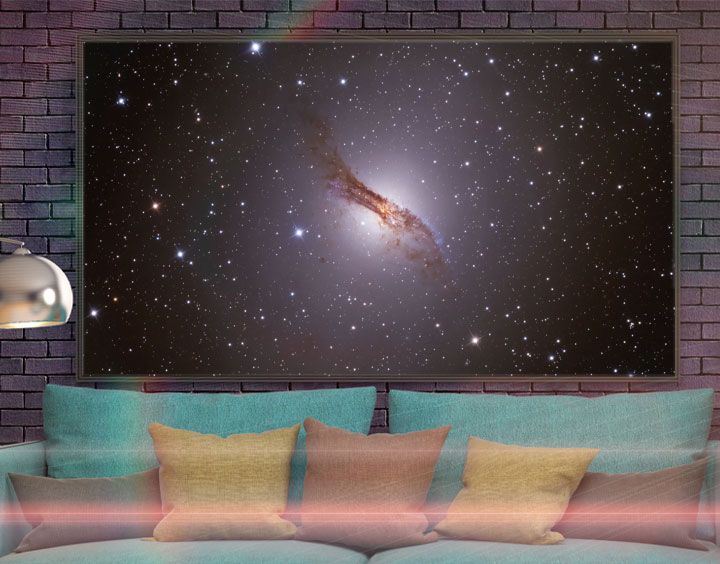
The target: Centaurus A NGC 5128
Centaurus A is a galaxy in the constellation of Centaurus. It was discovered in 1826 by Scottish astronomer James Dunlop from his home in Parramatta, in New South Wales, Australia. There is considerable debate in the literature regarding the galaxy's fundamental properties such as its Hubble type and distance.
Radius: 48,500 light years
Discovered: April 29, 1826
Apparent mass: ~1,000 billion M☉
Magnitude: 6.84
Coordinates: RA 13h 25m 28s | Dec -43° 1′ 9″
Discoverer: James Dunlop
Constellation: Centaurus
About the Author
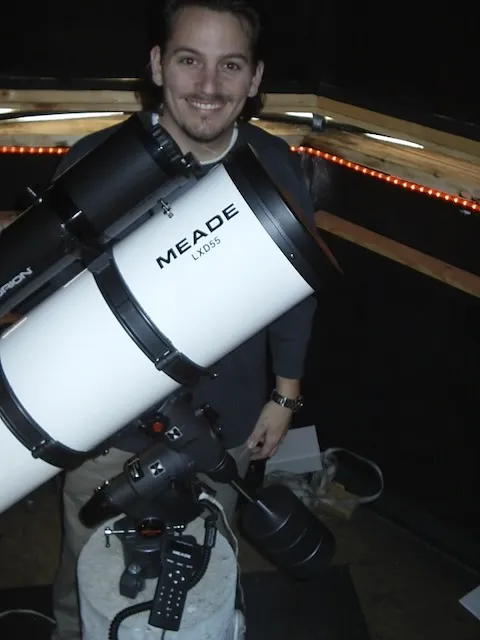
Meet Richard Harris. He is the founder and editor-in-chief of ScopeTrader, with over 30 years of experience in observational astronomy and astrophotography. He serves as the director of the Ozark Hills Observatory, where his research and imagery have been featured in scientific textbooks, academic publications, and educational media. Among his theoretical contributions is a cosmological proposition known as The Harris Paradox, which explores deep-field observational symmetry and time-invariant structures in cosmic evolution. A committed citizen scientist, Harris is actively involved with the Springfield Astronomical Society, the Amateur Astronomers Association, the Astronomical League, and the International Dark-Sky Association. He is a strong advocate for reducing light pollution and enhancing public understanding of the cosmos. In 2001, Harris developed the German Equatorial HyperTune—a precision mechanical enhancement for equatorial telescope mounts that has since become a global standard among amateur and professional astronomers seeking improved tracking and imaging performance. Beyond the observatory, Harris is a serial entrepreneur and founder of several technology ventures, including Moonbeam® (a software company), App Developer Magazine (a leading industry publication for software developers), Chirp GPS (a widely used mobile tracking application), MarketByte, and other startups spanning software, mobile, and cloud-based technologies. Driven by both scientific curiosity and creative innovation, Harris continues to blend the frontiers of astronomy and technology, inspiring others to explore the universe and rethink the possibilities within it. When he's not taking photos of our universe, you can find him with family, playing guitar, or traveling.
